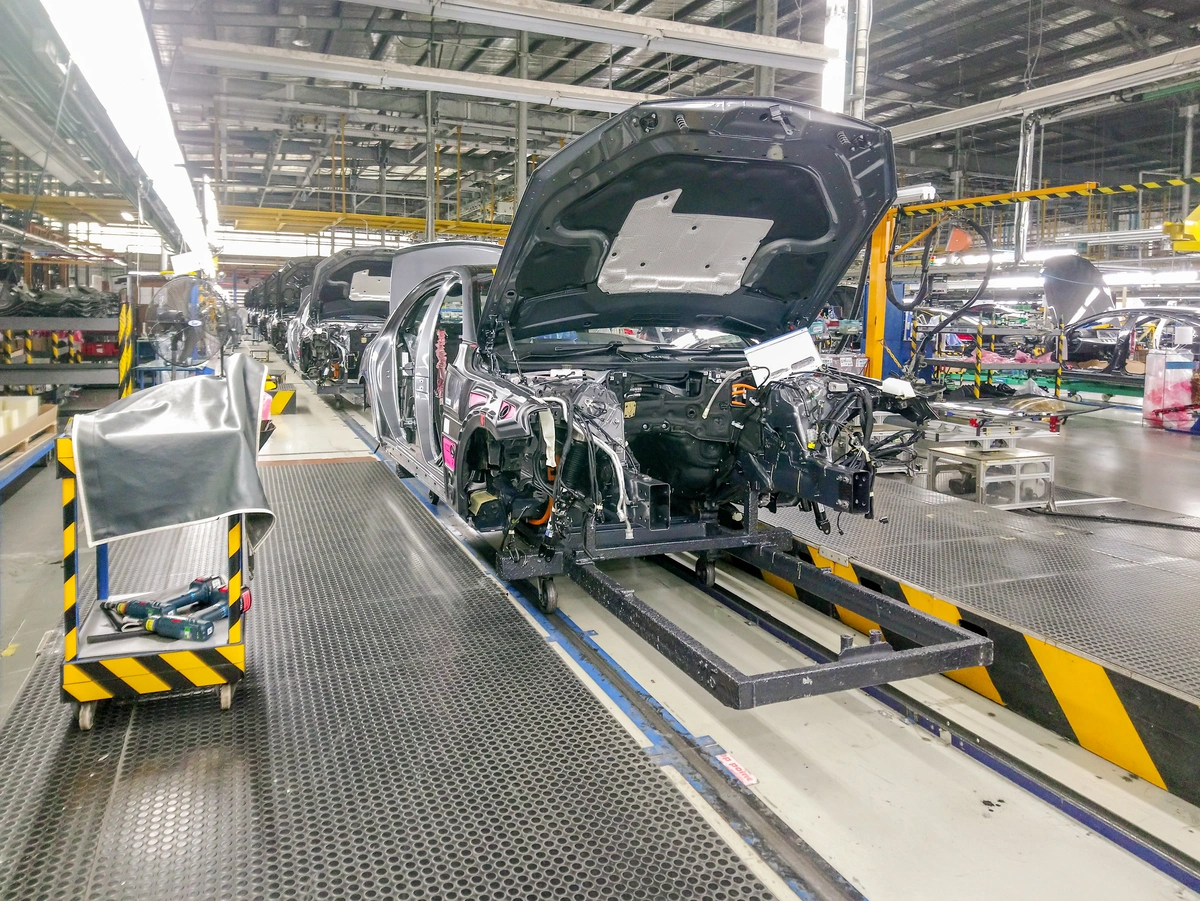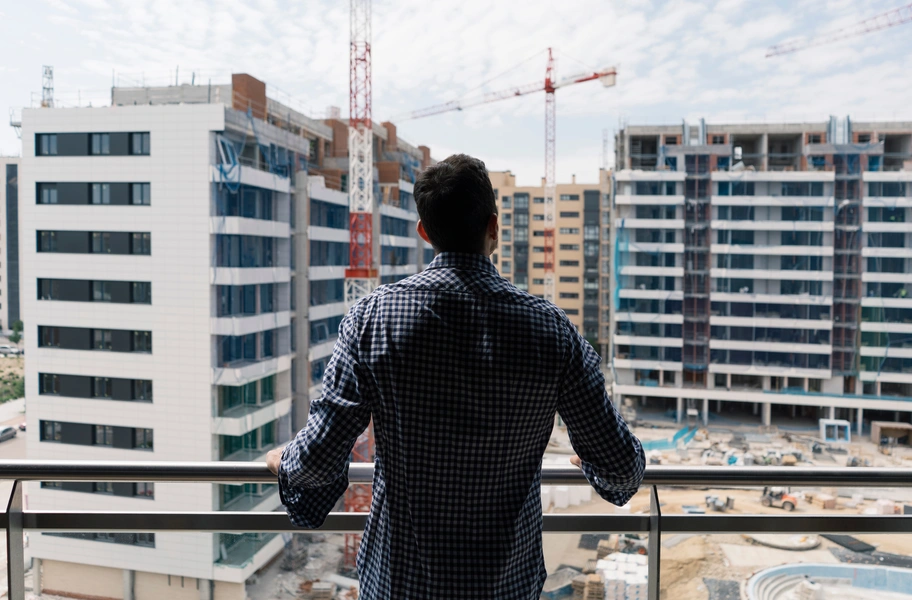Last month, the country watched as severe weather thrust Texas’s electrical grid into a colossal tailspin. While it may take years to fully measure the impact of this blackout, we’ve already seen its effects through displacements, illnesses, trauma, soaring energy bills, and even deaths.
While some news stories highlight individual accounts of harm, events like the Texas utility outage mask the disproportionate impact low-income households feel relative to other communities. Communities of color are less prepared to shoulder cost volatility and often don’t have a voice in utility policy decision-making. A 2019 study by the Journal of Science found that climate change will cause the most damage in the United States’ poorest areas, a pattern stakeholders will be watching for as more information unfolds from the Texas blackouts.
As severe weather patterns become more commonplace, it’s imperative to begin addressing environmental racism and energy policy reforms now.
A look back at deregulation
To understand the role that environmental racism played in the Texas grid failure, we must first examine how Texas got where it is today.
Texas deregulated its energy grid in the early 2000s during a time when most electricity came from fossil fuels, and extreme weather events were more predictable. By design, the Texas grid is effectively disconnected from larger cross-state energy grids to avoid federal regulation.
Therefore, energy companies in Texas are not required to significantly invest in infrastructure to ensure they can operate in severe heat or cold, and there are no significant penalties to a company if the grid fails or goes offline. This makes creating meaningful change less urgent for utility companies.
Like last month, many power plants were taken offline in 2011 and 2014 following extreme cold weather events. While several energy experts and the U.S. Federal Energy Regulatory Commission (FERC) recommended reforms, no significant steps were taken by policymakers or utility companies to ensure meaningful action to protect consumers or penalize companies. In fact, even with awareness of the weaknesses in the system, the leadership of the utility boards reinforced the system that exacerbates structural environmental inequality. While being connected to other grids across state lines was unlikely to have prevented the recent blackouts, it could have helped mitigate the breadth and depth of the impacts that became harder to counteract once the Texas grid was in freefall.
The role of environmental racism
Lower-income communities pay a disproportionate amount for environmental choices they have little say in. This includes paying a higher portion of their salary towards utilities, living in homes and communities with less efficient and less safe electrical systems, and typically living closer to industrial production areas that lead to poorer health outcomes.
To effectively address environmental racism, utility companies should invest in cleaner energy sources in low-income and communities of color that live in more industrially polluted areas. According to the Proceedings of the National Academy of Sciences, Black people are exposed to 21% more pollution than the national average, while they produce 23% less pollution. Such communities are the first to lose power during outages and the last to have power restored. Residents in these areas are also the least able to leave their homes to find a safer shelter during a storm or blackout.
Housing discrimination also has a role to play here, as homeownership, access to credit, and wealth creation may explain some of the disparities in less energy-efficient homes. For example, according to the Energy Institute at U.C. Berkeley, Black renters spend $273 more a year on energy than white renters, and Black homeowners spend $408 more a year on energy than white homeowners, reflecting an overall gap of 15% for both renters and homeowners.
Picking up the pieces
As utility companies look to move forward, there are actionable steps they can take to repair damaged trust and keep communities safe.
- Admit shortcomings: To rebuild trust, both policymakers and utility companies must admit where they fell short and enact timely reforms with the best interest of communities, consumers, and small businesses in mind – not just bottom-line profits.
- Be transparent: Utility companies have an opportunity to build transparent systems that ensure all participants have a seat at the table when making decisions. This means that utility companies need to hold themselves accountable publicly.
- Invest in long-term system health: Companies are part of the community and have the financial and social responsibility to participate as a vested community member. Utility companies should not wait for public sector regulators to take action to improve infrastructure for all communities, especially low-income neighborhoods and communities of color.
- Build trust with communities in need: To understand lower-income neighborhoods’ needs, companies should start by engaging with these communities and their leaders. They must actively listen to understand their unique pain points and develop a robust plan to combat them.
Lessons learned
Utility companies must ensure they are making the appropriate levels of investment in their energy infrastructure to maximize efficiency, increase access to green energy, and provide resiliency against extreme weather events. Additionally, utility companies should invest more significantly in renewable energy initiatives to address the adverse impacts of fossil fuels, especially on communities of color. They can also improve communication, education and outreach, and local partnerships to ensure communities know how the system works, what products are available, and what safety net programs are available if they are facing financial challenges.
A targeted, community-based approach can help facilitate opportunities for alternative energy solutions that benefit both communities and companies when it comes to their brand and bottom line. Building trust and fostering community relationships is the best way for utility companies to mitigate risk and restore their reputations in the most damaged communities.




